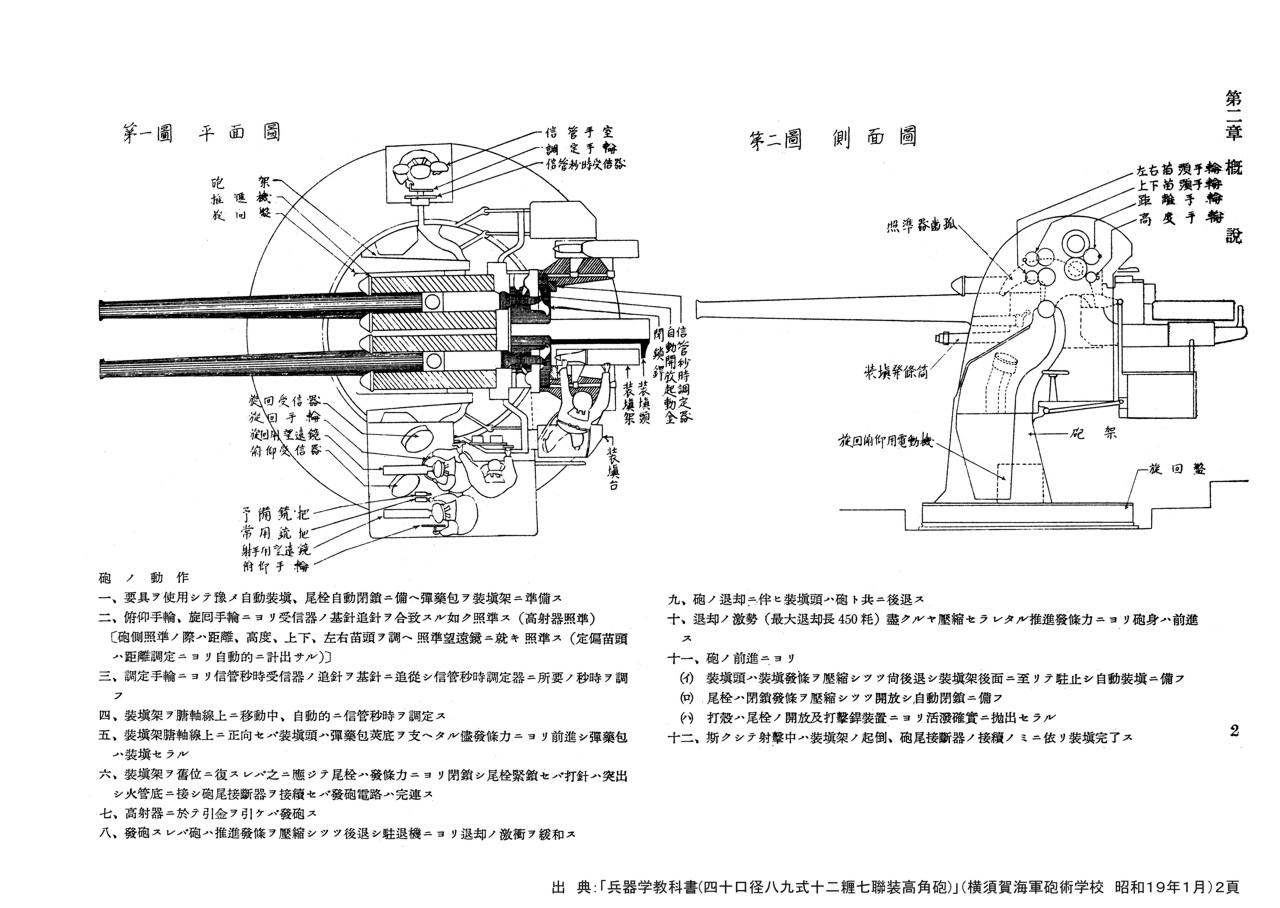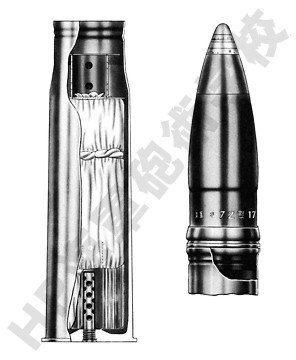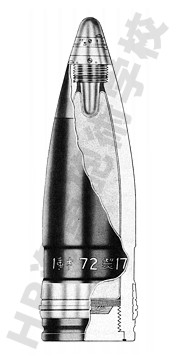Hi,
I just acquired a cut-short tall and heavy base of a cartridge casing. It was advertised (by someone who doesn't collect this stuff) as being Japanese, but it doesn't look like anything Japanese that I know. In fact, it in all respects comes very much across as being Chinese. While I specialise in Japanese medium and large calibre ammunition, I also collect Chinese ammunition as a side interest, and therefore, knowing in advance that the case was cut-short, I decided to take the gamble and buy it for the headstamp.
Apart from the numerals on the headstamp, I myself cannot read it. It's obviously factory (arsenal) stamped, and not commemorative. There are two horizontal rows of text that will probably have to be read from right to left. There's also a "Western style" marking "No 1821" on it, which is a bit puzzling. Right to the left of it appear two symbols that may be small arsenal (or acceptance?) markings.
Can anyone transcribe the Kanji markings for me and tell me what they mean? I would expect them to contain a date, a type indication (the 'Shiki' Kanji ideogram does appear to the left of the Kanji '+=' numeric part) and quite likely an arsenal of manufacture.
I hope someone can help me with the complete transcription and translation, that would really help my research in the difficult realm of large bore Chinese ammunition a lot!
Thank you very kindly in advance, and cheers!
Olafo
PS: Due to poor lighting conditions the pictures were taken of the entire set of markings as well as in smaller 'chunks' for being able to make the markings out more clearly.











 .
.







Bookmarks